From cuddly teddies to shiny robots, Munich's toy world at Spielzeug Museum is truly fascinating, discovers Avril-Ann Braganza
What better day to visit a toy museum than the day on which you're turning a year older! The Spielzeug (toy) Museum located in the Old Town Hall tower at Marienplatz in Munich, Germany, opened in 1983, about five years before I was born. It houses a unique collection of European and American toys. We enter through a narrow door in the tower and climb to the ticket office on the first floor. Here we take the lift to the top of the tower and walk down through toy history.
Each floor has a single room with displays. Shelves behind glass partitions hold some of the oldest toys made of wood, paper, lead and wax, as well as finds from prehistoric digs, including men and animals made of twigs. The first toys, “were gifts of nature: brightly coloured stones, shiny berries, strangely formed twigs, barks and roots, anything that could be interpreted and worked on creatively,” reads a placard. On one of the bottom shelves are unpainted wooden toys from Val Gardena, a valley in Northern Italy. Interestingly, children there enjoyed playing with these unpainted wooden toys as they stimulated their imagination to see things in colour. There are toys of papier mâché, used since the 19th century to make light and unbreakable playthings. The material was mixed with kaolin clay or plaster of Paris, sometimes adding fine sawdust and casein or flour as a binding agent. Hollow toys were usually made of two moulded halves stitched together.
There's a Nuremberg clothes shop complete with a sample book, hats, rolls of material, a price list and even a hat iron; a toy altar for priests-to-be, with crucifixes, chalices, incense burners; and a Noah’s Ark with animals entering in twos—the detailing is amazing. A few cute stuffed elephants have pins sticking out of them. These Margarete Steiff creations were meant to be pincushions, but kids wanted to use them as toys, and voilà we have the first stuffed, cuddle toy.

The Steiff Pincushion
The museum also documents the origin of the teddy bear. A sign says that, “historians suggest October 26, 1902 as the date on which the final idea of the 'teddy bear' was born. It was the day Richard Steiff (Margaret's nephew and the teddy inventor) went to the circus, where he watched a wrestling match between the daring tamer Biance Braselli and the giant baribal bears”. Typical features of the first Steiff bears were long narrow snouts and limbs (upward-bent paws that were like pipes and claws embroidered with black yarn).

There are also hand-painted tin toys from America, Germany and France that can either be pulled along or wound up. Tin gradually replaced wood, shortly after the process of manufacturing sheet metal and galvanised tin plates from iron was discovered. Soon small workshops specialising in toys started to appear in the New England region of northeast USA.
The next floor has a brilliant collection of steam engines, mechanical tin men and women working or having fun and Elastolin figures. I'm left awestruck by the scenes—farmhouses and stables, a zoo, exotic and domestic animals, figures of country folk, native Americans, soldiers from the World Wars and more—created by Hausser, one of Germany's most important toy manufacturers. I wonder why all we saw in toy shops as kids were board games, stuffed toys and Barbie dolls. And yes, there's a glass case with more than 100 Barbies as well–from the first version of Ken (Barbie's boyfriend) to Barbie down the ages, since 1959. There are china dolls, doll houses, a model of an ancient kitchen and Nicolas Steiner's walking-talking doll, patented in 1855. The boys' collection has tin robots, rockets and spaceships.

Scene of a toy altar for priests-to-be
The second floor is dedicated to technical toy cars, trains and other means of transport from before World War I, until after World War II. Pre-1875 tin furniture is displayed in a two-room doll house made by Rock and Graner. Cartoons and comic characters on display are: The Yellow Kid, Charlie Chaplin, Felix the Cat, Mickey Mouse, Donald Duck, Pinocchio and Popeye.
We end our visit on the first floor that has the oldest dolls made of wax, porcelain and wood. If you really loved your trip to the museum, here you can pick up reproductions of old toys, reprints of old children's books, games and postcards.
![submenu-img]() Swara Bhasker reacts to Kangana Ranaut slap incident, says actress-politician used Twitter to 'justify violence'
Swara Bhasker reacts to Kangana Ranaut slap incident, says actress-politician used Twitter to 'justify violence'![submenu-img]() Wayanad or Raebareli? Congress Leader Rahul Gandhi likely to decide on Monday
Wayanad or Raebareli? Congress Leader Rahul Gandhi likely to decide on Monday![submenu-img]() PM Modi to flag off 2 new Vande Bharat trains on this date, check route, timetable, and other details
PM Modi to flag off 2 new Vande Bharat trains on this date, check route, timetable, and other details![submenu-img]() Manipur: Major fire breaks out in abandoned building near CM Biren Singh's residence
Manipur: Major fire breaks out in abandoned building near CM Biren Singh's residence![submenu-img]() Fixed deposits: Which bank is offering highest FD interest rates post RBI's new guidelines?
Fixed deposits: Which bank is offering highest FD interest rates post RBI's new guidelines?![submenu-img]() Meet MIT graduate who secured 42nd rank in UPSC, is now suspended due to..
Meet MIT graduate who secured 42nd rank in UPSC, is now suspended due to..![submenu-img]() Railway Recruitment 2024: Sarkari Naukri alert for 1104 posts, check eligibility and selection process
Railway Recruitment 2024: Sarkari Naukri alert for 1104 posts, check eligibility and selection process![submenu-img]() NEET-UG exam row: 'Transparent process will be...,' assures Education Minister Dharmendra Pradhan to students, parents
NEET-UG exam row: 'Transparent process will be...,' assures Education Minister Dharmendra Pradhan to students, parents![submenu-img]() Meet man, a tailor's son from Latur, who cracked four competitive exams, aims to become...
Meet man, a tailor's son from Latur, who cracked four competitive exams, aims to become...![submenu-img]() Meet woman who was once a sweeper, single mother, cleared civil services exam to become SDM, now arrested due to...
Meet woman who was once a sweeper, single mother, cleared civil services exam to become SDM, now arrested due to...![submenu-img]() DNA Verified: Did Kangana Ranaut party with gangster Abu Salem? Actress reveals who's with her in viral photo
DNA Verified: Did Kangana Ranaut party with gangster Abu Salem? Actress reveals who's with her in viral photo![submenu-img]() DNA Verified: New Delhi Railway Station to be closed for 4 years? Know the truth here
DNA Verified: New Delhi Railway Station to be closed for 4 years? Know the truth here![submenu-img]() DNA Verified: Did RSS chief Mohan Bhagwat praise Congress during Lok Sabha Elections 2024? Know the truth here
DNA Verified: Did RSS chief Mohan Bhagwat praise Congress during Lok Sabha Elections 2024? Know the truth here![submenu-img]() DNA Verified: Is CAA an anti-Muslim law? Centre terms news report as 'misleading'
DNA Verified: Is CAA an anti-Muslim law? Centre terms news report as 'misleading'![submenu-img]() DNA Verified: Lok Sabha Elections 2024 to be held on April 19? Know truth behind viral message
DNA Verified: Lok Sabha Elections 2024 to be held on April 19? Know truth behind viral message![submenu-img]() In pics: Raghubir Yadav, Chandan Roy celebrate success of Panchayat season 3 with TVF founder Arunabh Kumar, cast, crew
In pics: Raghubir Yadav, Chandan Roy celebrate success of Panchayat season 3 with TVF founder Arunabh Kumar, cast, crew![submenu-img]() How Kalki 2898 AD makers dared to dream pan-India with its unique promotional campaign for Prabhas-starrer
How Kalki 2898 AD makers dared to dream pan-India with its unique promotional campaign for Prabhas-starrer![submenu-img]() In pics: Prabhas' robotic car Bujji from Kalki 2898 AD takes over Mumbai streets, fans call it 'India's Batmobile'
In pics: Prabhas' robotic car Bujji from Kalki 2898 AD takes over Mumbai streets, fans call it 'India's Batmobile'![submenu-img]() Streaming This Week: Bade Miyan Chote Miyan, Maidaan, Gullak season 4, latest OTT releases to binge-watch
Streaming This Week: Bade Miyan Chote Miyan, Maidaan, Gullak season 4, latest OTT releases to binge-watch![submenu-img]() Lok Sabha Elections 2024 Result: From Smriti Irani to Mehbooba Mufti, these politicians are trailing in their seats
Lok Sabha Elections 2024 Result: From Smriti Irani to Mehbooba Mufti, these politicians are trailing in their seats![submenu-img]() DNA Explainer: What is Kafala system that is prevalent in gulf countries? Why is it considered extremely brutal?
DNA Explainer: What is Kafala system that is prevalent in gulf countries? Why is it considered extremely brutal? ![submenu-img]() Lok Sabha Elections 2024: What are exit polls? When and how are they conducted?
Lok Sabha Elections 2024: What are exit polls? When and how are they conducted?![submenu-img]() DNA Explainer: Why was Iranian president Ebrahim Raisi seen as possible successor to Ayatollah Khamenei?
DNA Explainer: Why was Iranian president Ebrahim Raisi seen as possible successor to Ayatollah Khamenei?![submenu-img]() DNA Explainer: Why did deceased Iranian President Ebrahim Raisi wear black turban?
DNA Explainer: Why did deceased Iranian President Ebrahim Raisi wear black turban?![submenu-img]() Iran President Ebrahim Raisi's death: Will it impact gold, oil prices and stock markets?
Iran President Ebrahim Raisi's death: Will it impact gold, oil prices and stock markets?![submenu-img]() Swara Bhasker reacts to Kangana Ranaut slap incident, says actress-politician used Twitter to 'justify violence'
Swara Bhasker reacts to Kangana Ranaut slap incident, says actress-politician used Twitter to 'justify violence'![submenu-img]() Shah Rukh Khan took only Re 1 signing amount for this cult film, gave bulk dates to director, later rejected it for..
Shah Rukh Khan took only Re 1 signing amount for this cult film, gave bulk dates to director, later rejected it for..![submenu-img]() Made in Rs 9 crore, this film became blockbuster, was rejected by six actresses, won three National Awards, earned...
Made in Rs 9 crore, this film became blockbuster, was rejected by six actresses, won three National Awards, earned...![submenu-img]() 'Audience ko drama..': Shiv Shakti star Ram Yashvardhan on creative liberties taken in mythological series, films
'Audience ko drama..': Shiv Shakti star Ram Yashvardhan on creative liberties taken in mythological series, films![submenu-img]() Not Parveen Babi, Zeenat, Sharmila, Neetu, only Bollywood actress to attend Amitabh Bachchan-Jaya's wedding was...
Not Parveen Babi, Zeenat, Sharmila, Neetu, only Bollywood actress to attend Amitabh Bachchan-Jaya's wedding was...![submenu-img]() Stolen Titian Renaissance painting found at London bus stop, set to sell for up to..
Stolen Titian Renaissance painting found at London bus stop, set to sell for up to..![submenu-img]() Student fails Physics, Chemistry in class 12th, tops NEET 2024 exam; candidate’s scorecard goes viral
Student fails Physics, Chemistry in class 12th, tops NEET 2024 exam; candidate’s scorecard goes viral![submenu-img]() Watch viral video: Italy's PM Giorgia Meloni posts video with PM Modi with 'Melodi' reference
Watch viral video: Italy's PM Giorgia Meloni posts video with PM Modi with 'Melodi' reference![submenu-img]() Girl shocks internet by eating snake like snack in viral video, watch
Girl shocks internet by eating snake like snack in viral video, watch![submenu-img]() Brave or foolhardy? Woman bathes jaguar with pipe, video goes viral
Brave or foolhardy? Woman bathes jaguar with pipe, video goes viral


































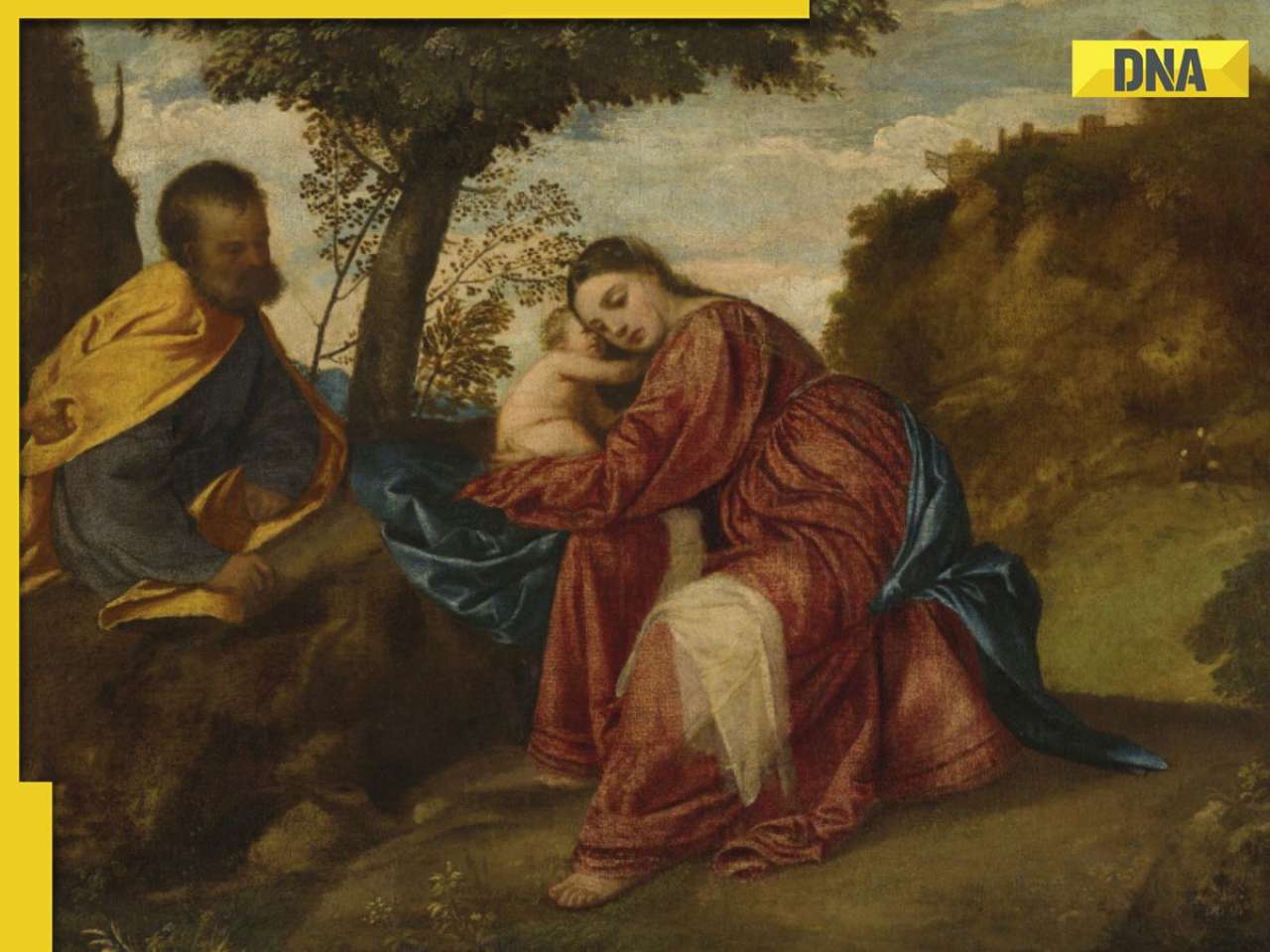





)

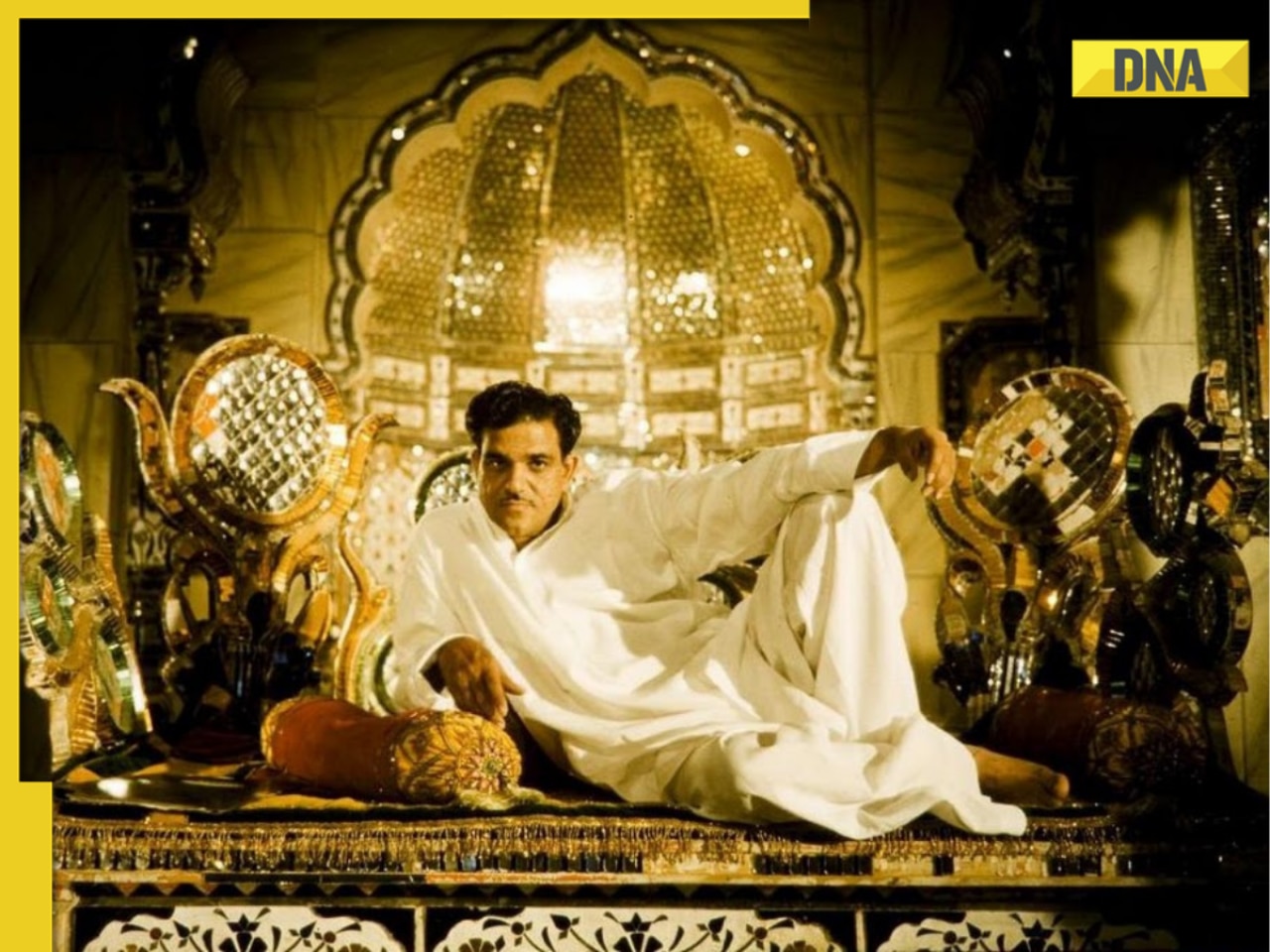
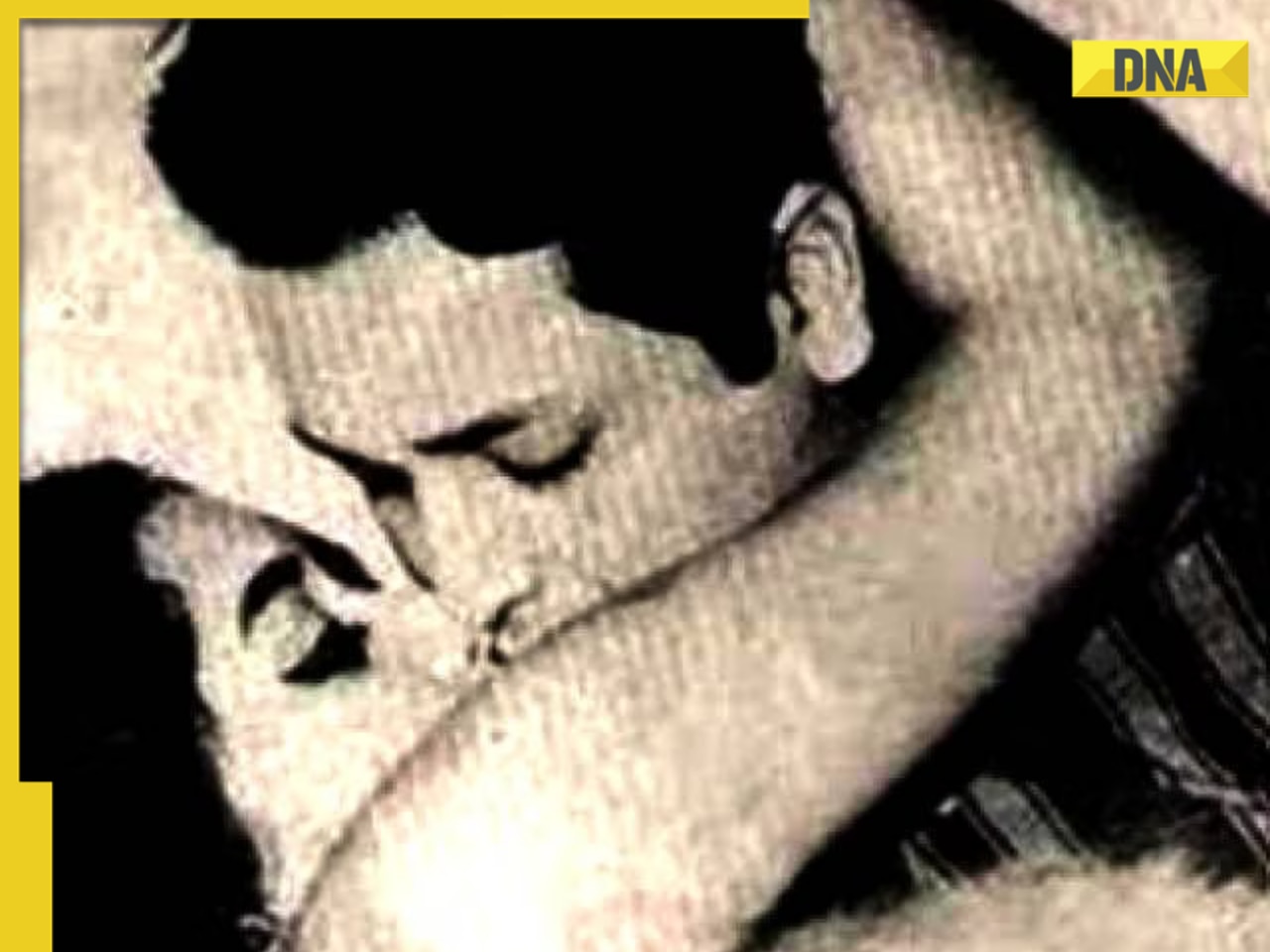



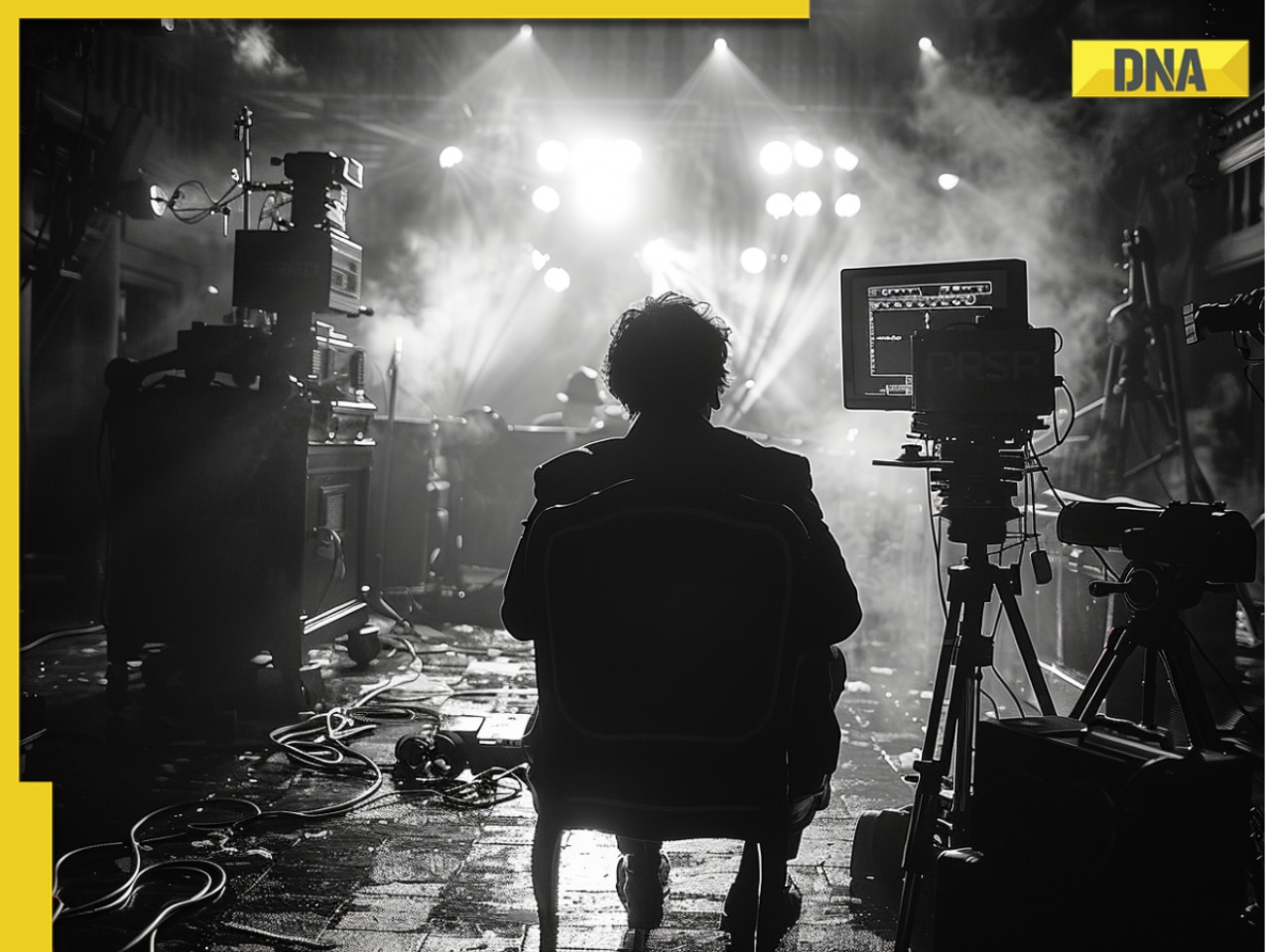



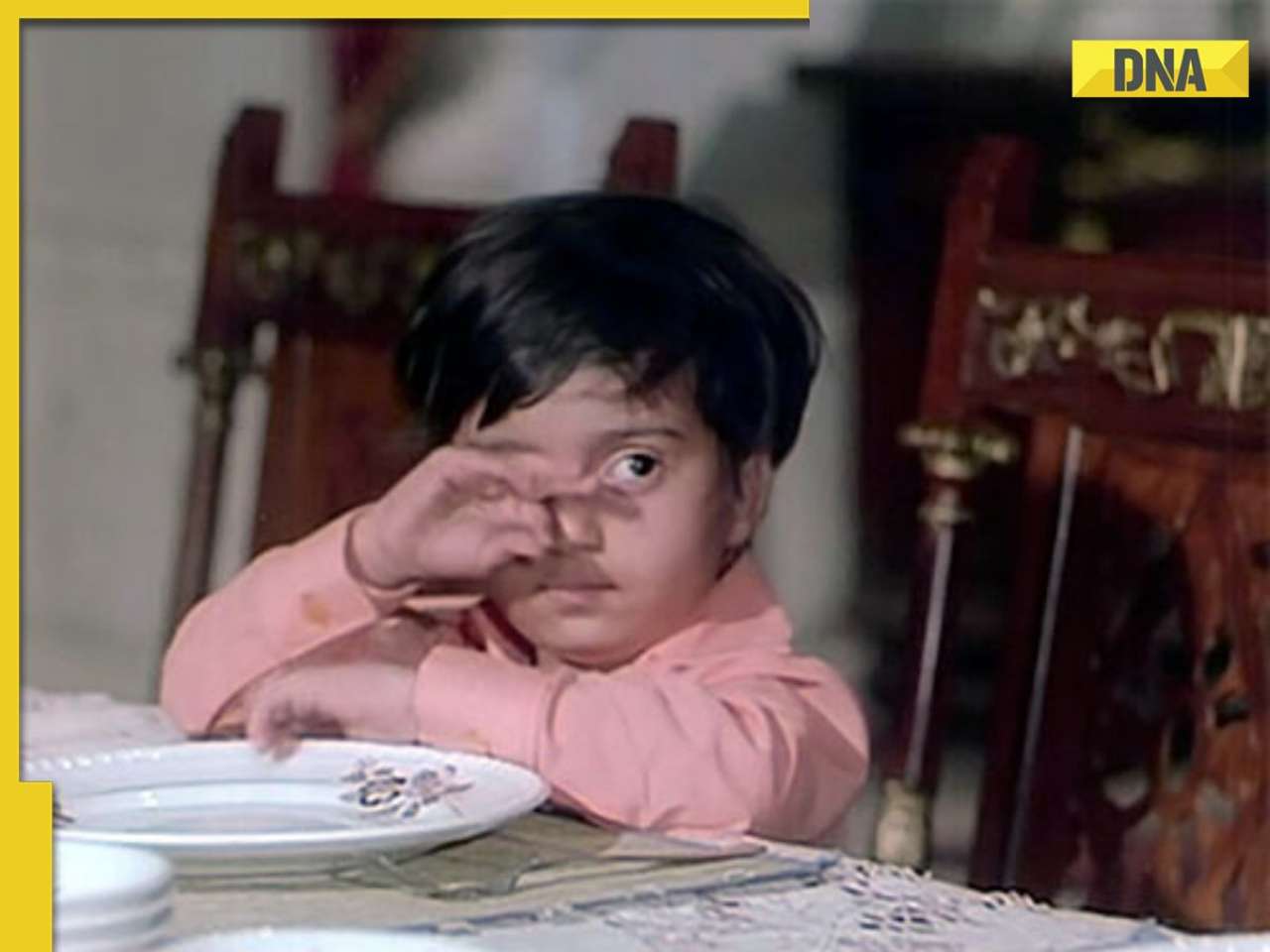


)
)
)




)
)
)
)
)
)